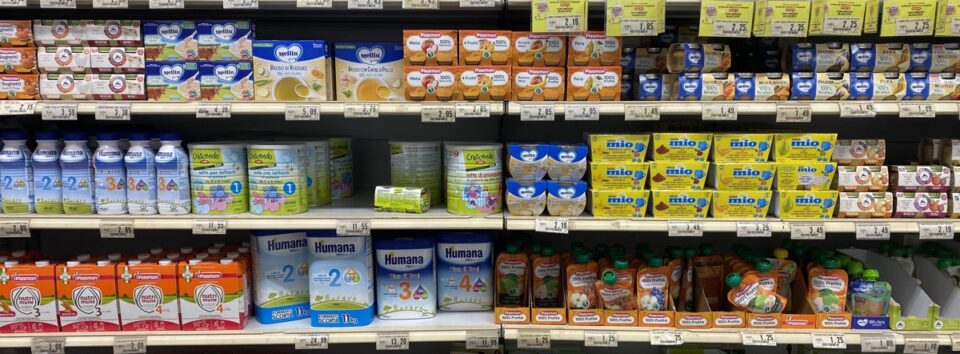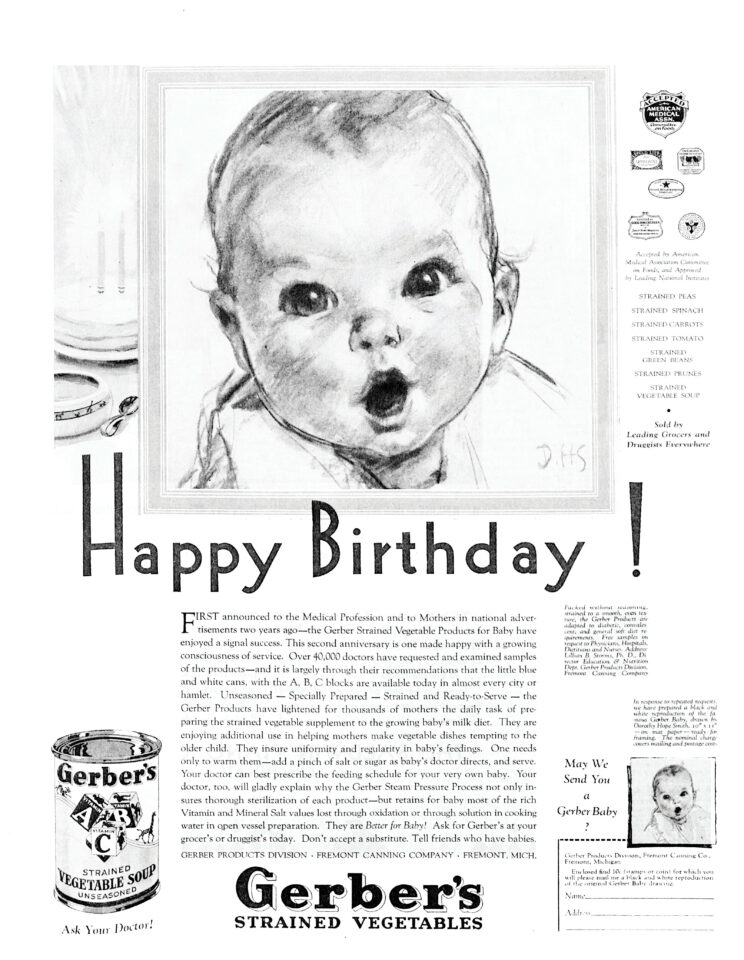Go offline with the Player FM app!
The Invention of Baby Food
Manage episode 399357829 series 2418152


In the 1950s and 1960s, the paediatric establishment in America convinced mothers to start solid foods in the first month of baby’s life, and sometimes even before they had left the hospital. This was considered a good idea even though the average baby wouldn’t have a tooth in its head for another five or six months. Amy Bentley, a professor at New York University, has charted the rise and continuing rise of baby food, from its earliest emergence in upstate New York and Michigan to its proliferation today. Commercial baby foods made sense, she thinks, as a safer and more convenient alternative to home-made options, and still today may form the bedrock of the best-nourished period of a child’s life. But they also reflected an American exceptionalism rooted in the triumph of World War Two.
The adorable infant in Gerber’s advertisements was originally a pencil sketch that the artist said she would finish in colour if selected. Gerber preferred the sketch, and “repeated requests” prompted the company to offer a reproduction, suitable for framing, in exchange for 10¢. Strangest of all, some people seemed to think the baby was Humphrey Bogart, who was 29 qwhen the sketch was made. A little old for baby food.
Notes
- Get a copy of Inventing Baby Food: Taste, Health, and the Industrialization of the American Diet from an independent bookshop. And here is Amy Bentley’s website.
- I’ve been trying to keep you up-to-date with the lead contamination story in Eat This Newsletter, but just last week Marion Nestle took a look at lead and pesticides in baby food.
- Here is the transcript.
- I took the photos of baby food.
292 episodes
Manage episode 399357829 series 2418152


In the 1950s and 1960s, the paediatric establishment in America convinced mothers to start solid foods in the first month of baby’s life, and sometimes even before they had left the hospital. This was considered a good idea even though the average baby wouldn’t have a tooth in its head for another five or six months. Amy Bentley, a professor at New York University, has charted the rise and continuing rise of baby food, from its earliest emergence in upstate New York and Michigan to its proliferation today. Commercial baby foods made sense, she thinks, as a safer and more convenient alternative to home-made options, and still today may form the bedrock of the best-nourished period of a child’s life. But they also reflected an American exceptionalism rooted in the triumph of World War Two.
The adorable infant in Gerber’s advertisements was originally a pencil sketch that the artist said she would finish in colour if selected. Gerber preferred the sketch, and “repeated requests” prompted the company to offer a reproduction, suitable for framing, in exchange for 10¢. Strangest of all, some people seemed to think the baby was Humphrey Bogart, who was 29 qwhen the sketch was made. A little old for baby food.
Notes
- Get a copy of Inventing Baby Food: Taste, Health, and the Industrialization of the American Diet from an independent bookshop. And here is Amy Bentley’s website.
- I’ve been trying to keep you up-to-date with the lead contamination story in Eat This Newsletter, but just last week Marion Nestle took a look at lead and pesticides in baby food.
- Here is the transcript.
- I took the photos of baby food.
292 episodes
All episodes
×Welcome to Player FM!
Player FM is scanning the web for high-quality podcasts for you to enjoy right now. It's the best podcast app and works on Android, iPhone, and the web. Signup to sync subscriptions across devices.






